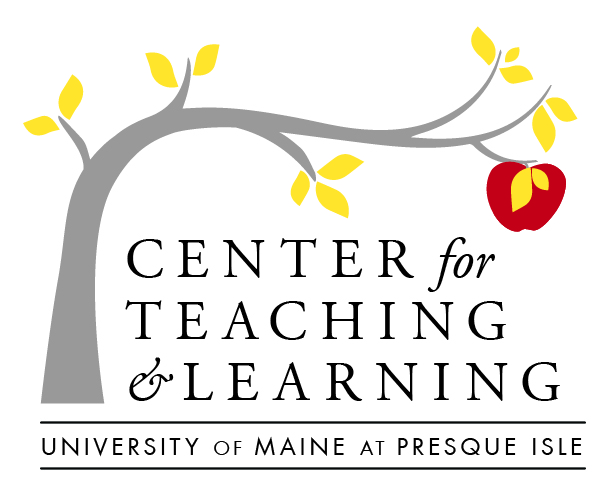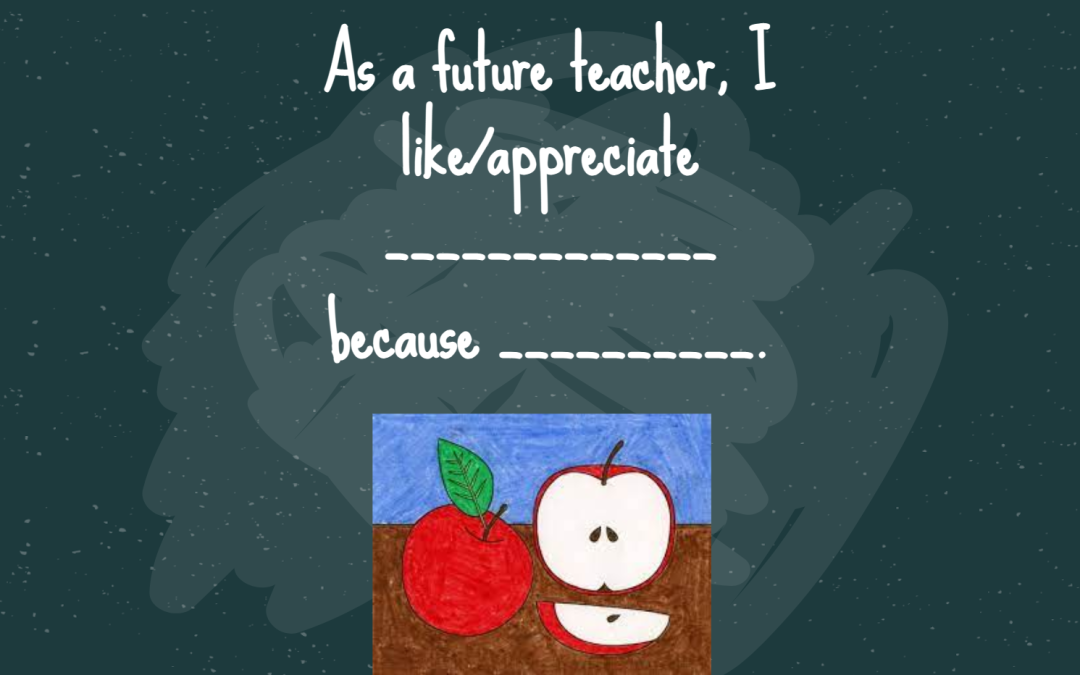I love when students are able to synthesize their learning and reflect on both what they learned and how they will apply what they have learned to their futures as educators. Previously, I have asked students to create metacognitive, narrated slide decks (with prompts such as “discuss specific instructional and assessment ‘moves’ that you will make as a result of learning in this course”. It occurred to me that students might benefit from hearing each other’s learning and application (future actions as a teacher) as well. In this video, you will see small group, end of semester presentations in EDU 302- Teaching and Learning in Proficiency-Based Systems. Students were asked to synthesize their learning surrounding proficiency-based/ master-based teaching, learning, and classroom culture/ school strategies and processes that support equity. They applied that synthesis by designing a school with these strategies and practices in mind and then presented the school and choices to the class. We used a feedback protocol to provide each group-specific feedback.
The Setting
There are 12 students in this (in-person) course, which also represents a combination of preservice teachers seeking a Bachelor’s degree and certifications; Bachelor of Liberal Arts, Educational Studies minor students, and post-baccalaureate students. The (projected as a reminder) feedback protocol was simple: As a future teacher, I like/ appreciate _______________ because _______________. I wanted to keep feedback focused, concise, and equitable in terms of opportunity and expectation to share.
Look Fors:
- To what extent are students engaged in the process of presenting and providing feedback?
- How are students recalling specific course learning and providing a “why”/ rationale for choices in their model school?
- To what extent are students using higher-order thinking skills?
- How does the feedback protocol support learning (or not)?
- How does this reflect the Academic Commitment of student-centered practice?
Reflections on the process
Particularly as an end of semester activity, this format allowed for students to recall learning and synthesize it as they planned future considerations and actions as an equity-minded educator. Students seemed to appreciate knowing up front what they should be thinking about as others presented, as this shaped how they listened and considered ideas. I am encouraged that students could name and justify both specific principles AND practices that they will take. Actions are the “legs and feet” of good ideas.
One of my favorite parts of this class happened when I actually had to step out of the room. Because I was recording the class with Zoom technology, I was able to watch and listen after students left. I discovered that they finished up the group presentation and then asked if they could each share one positive thing that had happened recently or a “highlight”. Watching the recording, I was deeply moved. One student shared that he has secured the summer job he had been seeking at a local mill. Another shared that her father’s cancer is in remission. I wondered (hoped?) if the way we built a learning community in this course helped students feel comfortable sharing with each other and more apt to take academic risks. I worked to build in consistent opportunities for students to talk with each other in both a social constructivist approach, and also with the fact that we are still emotionally raw from isolation and trauma experienced in a global pandemic in mind. When we give students the “floor” and allow them to learn with- and from- each other, we may see them ideate, lead and learn in collaborative and inspiring ways.

